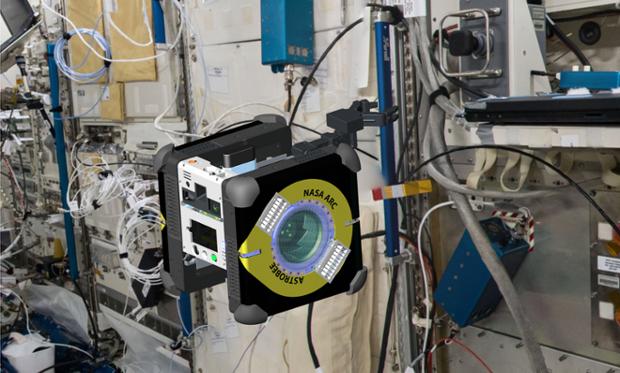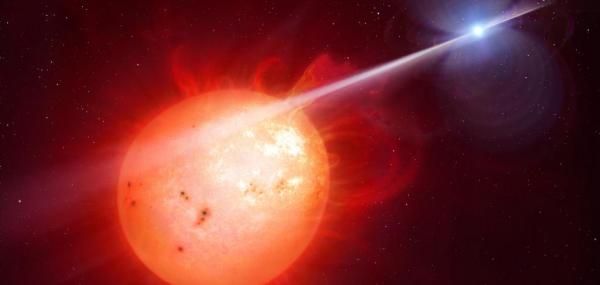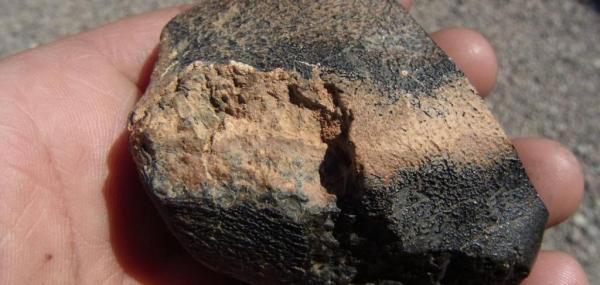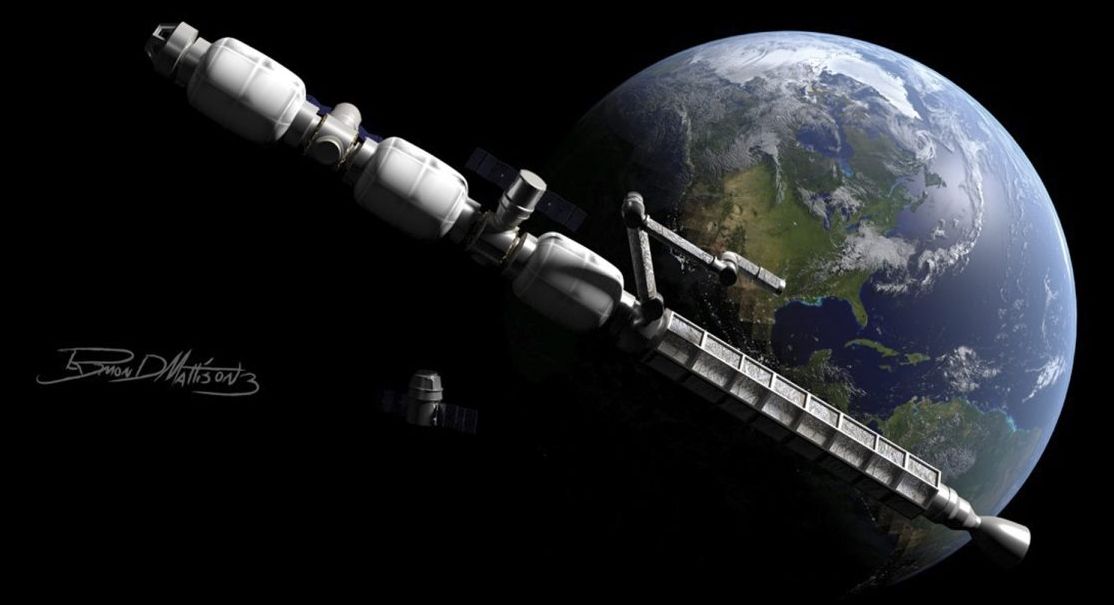Archive for the ‘space’ category: Page 929
Feb 10, 2017
The Origami Revolution Preview
Posted by Klaus Baldauf in categories: biotech/medical, robotics/AI, space
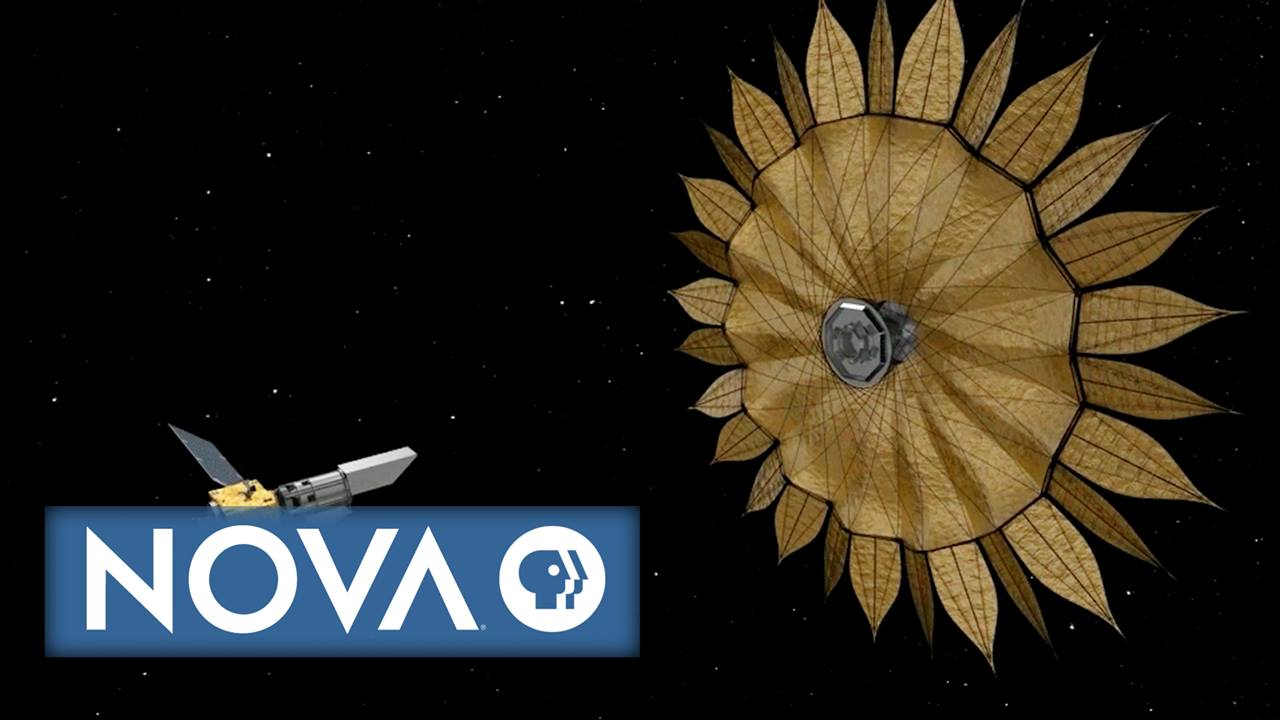
Engineers are using origami to design drugs, micro-robots, and future space missions.
Don’t miss “The Origami Revolution,” airing February 15, 2017 at 9 pm on PBS: http://to.pbs.org/2lp78cv
Feb 8, 2017
NASA Announces Space Robotics Challenge Finalists
Posted by Klaus Baldauf in categories: robotics/AI, space
Feb. 7 (UPI) — Astronomers at the University of Warwick have located a white dwarf pulsar — the first of its kind.
Until now, pulsars have been the domain of neutron stars. First discovered by astronomers in the 1960s, the binary stay systems are characterized by rhythmic blasts of electromagnetic radiation.
The newly identified white dwarf pulsar is called AR Scorpii, or AR Sco. It’s located in the constellation Scorpius, 380 light-years from our solar system.
Continue reading “Astronomers find first white dwarf pulsar” »
Feb 8, 2017
Hubble image captures the death of a star
Posted by Dan Kummer in categories: physics, space
Feb. 3 (UPI) — A new image from the Hubble Space Telescope displays the beauty of a stellar death — in this case, the death of a low-mass star, similar to our sun in size.
Once a red giant, the star is currently in a transitionary phase: It’s on its way to becoming a planetary nebula. The Hubble image reveals the star’s layers of gas and dust being shed and thrown outward. The expelled material, now forming clouds, could eventually form new stars and planets.
Astronomers rarely catch dying red giants in their transitionary phase. It will only be a few thousand years before the star is a pure planetary nebula — a blip in space time.
Feb 6, 2017
NASA gives its nod to NanoRacks for space station’s first commercial portal
Posted by Klaus Baldauf in category: space
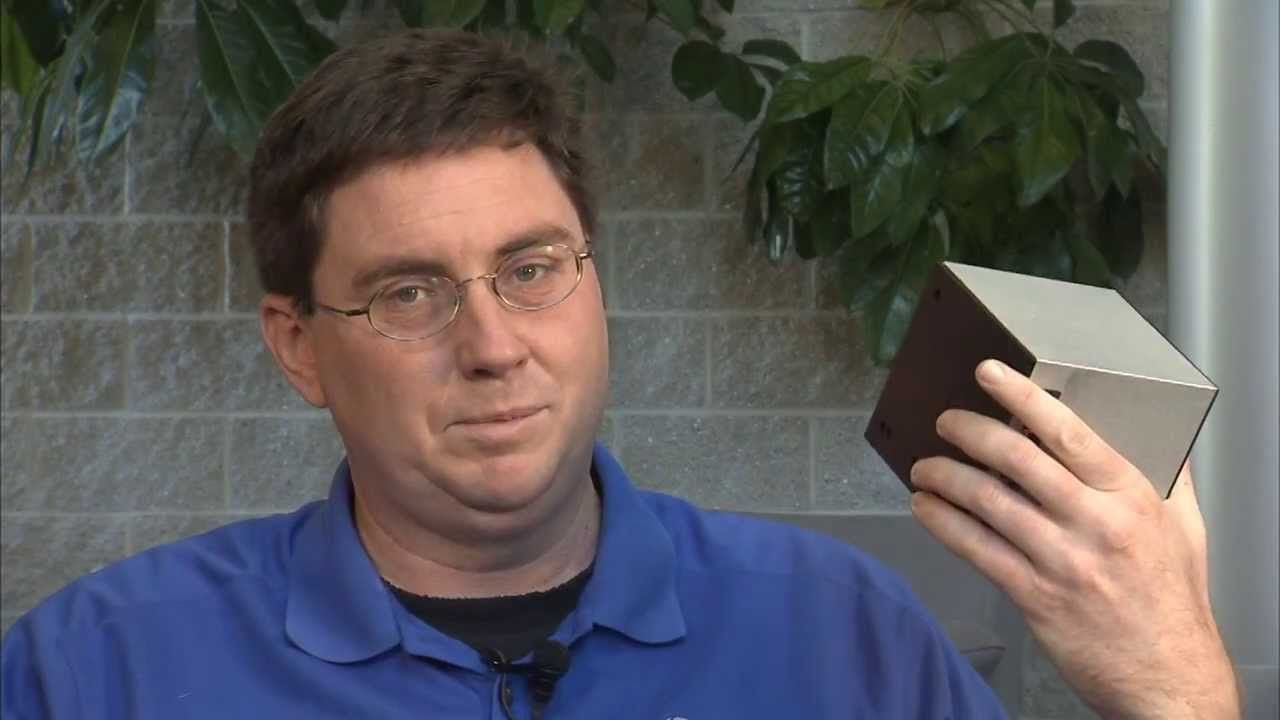
NASA has accepted a plan from a private venture called NanoRacks to provide the International Space Station with an air lock that would serve as its first commercial portal.
The plan could serve as the model for the eventual development of entire space stations backed by the private sector.
Continue reading “NASA gives its nod to NanoRacks for space station’s first commercial portal” »
Feb 4, 2017
Architects Reveal What They Think “The City of the Future” Will Look Like
Posted by Klaus Baldauf in categories: space, sustainability
In Brief
- From colonies on Mars to massive pods under the sea, architects and urban planners have come up with some wildly imaginative designs for the future of city living.
- Given current population trends and our ever-worsening environment, we need to start thinking now about how humanity will live in the future.
When you imagine what the cities of the future will look like, it’s hard to think that we can do more than what some nations have already achieved. For instance, Dubai, Japan, and Singapore feature some of the world’s most impressive modern architectural marvels; Helsinki is pioneering a future in data transparency; Brazil is setting the standard for efficient and sustainable mass transportation and eco-consciousness; and Korea is defining an urban landscape anchored on digital connectivity.
But architects and urban planners are letting their imaginations run wild — after all, where else can we go but toward our most outlandish, exciting, and sometimes even dystopian imaginings of the future?
Continue reading “Architects Reveal What They Think ‘The City of the Future’ Will Look Like” »
Feb 3, 2017
The Milky Way Is Running Away From An Extragalactic Void
Posted by Andreas Matt in category: space
Astronomers have discovered a large void in the universe and it appears that the Milky Way and our neighboring galaxies are running away from it at about 630 kilometers per second (1.5 million miles per hour).
In a paper published in Nature Astronomy, an international group of astronomers has studied the velocities of the galaxies around our own and how they compare to the cosmic microwave background. By combining the observations with rigorous statistical analysis, the researchers have been able to map the gravitational distribution of the (somewhat) local universe.
Astronomers know that what is called the “local group” of galaxies are moving towards a dense region called the Shapley attractor. The team, led by Yehuda Hoffman from the Hebrew University of Jerusalem, realized how the gravitational lines seemed to all point towards the Shapley attractor and away from an unknown region. They suspect this region is a large void we are “escaping”.
Continue reading “The Milky Way Is Running Away From An Extragalactic Void” »
Feb 2, 2017
Meteorite reveals 2 billion years of volcanic activity on Mars
Posted by Dan Kummer in category: space
Feb. 1 (UPI) — Mars may be home to some of the oldest volcanoes in the solar system. New evidence suggests the Red Planet has been home to volcanic activity for at least 2 billion years.
The evidence is a small Martian meteorite discovered in Africa in 2012. The rock was named Northwest Africa 7635.
Scientists has studied many Martian meteorites over the years. Most arrived on Earth’s surface roughly 1 million years ago, when a large object collided with Mars, dislodging significant amounts of rock — much of it volcanic.
Continue reading “Meteorite reveals 2 billion years of volcanic activity on Mars” »
Feb 2, 2017
Is This Buzz Aldrin-Inspired Locomotive The Future Of Space Travel?
Posted by Klaus Baldauf in categories: space, transportation
Ever wish you could explore the far side of the Moon? Charles Bombardier’s latest concept vehicle would allow you to do just that.
